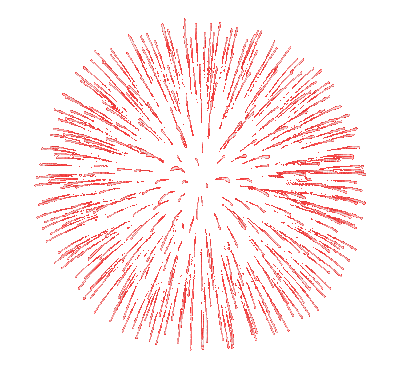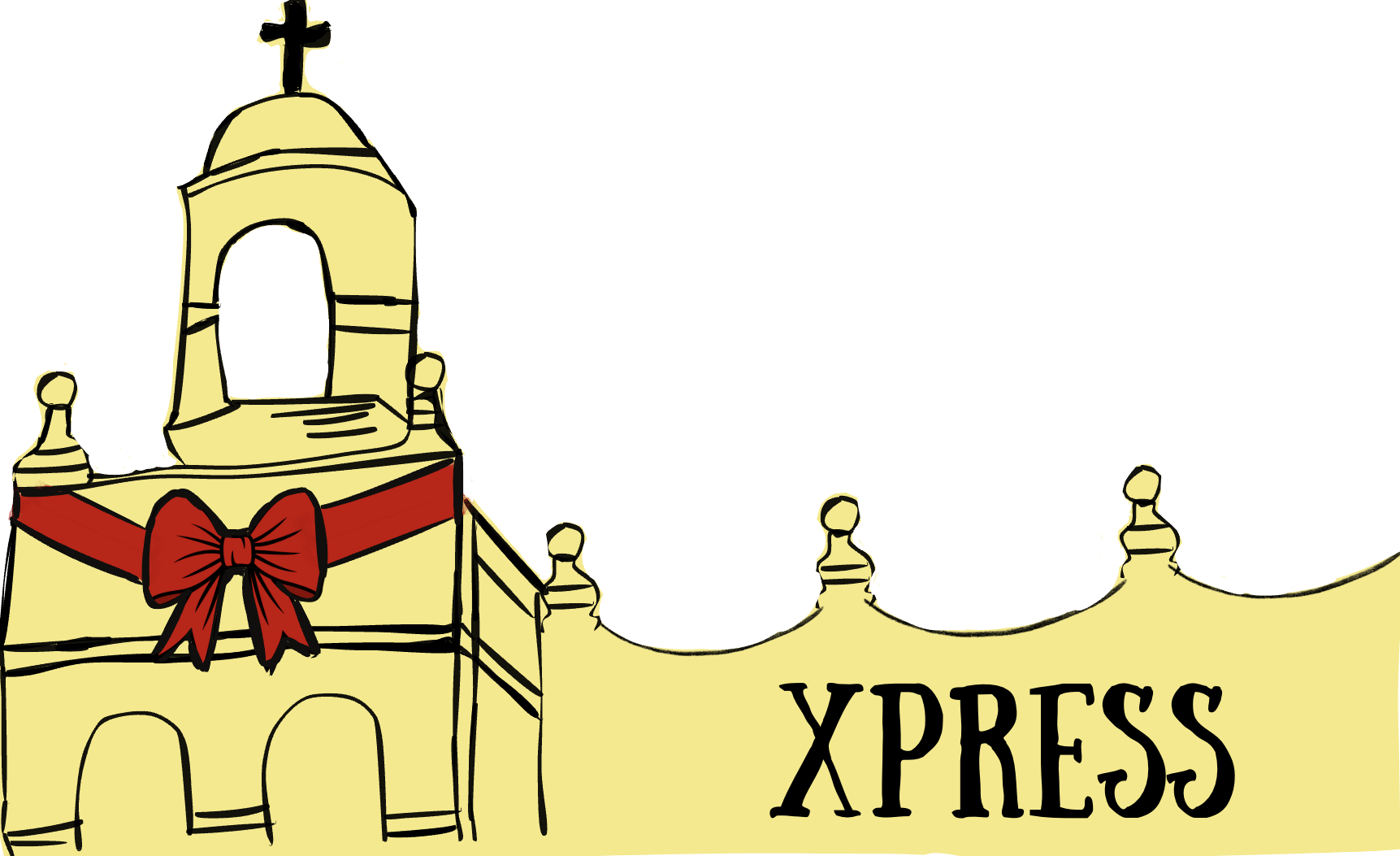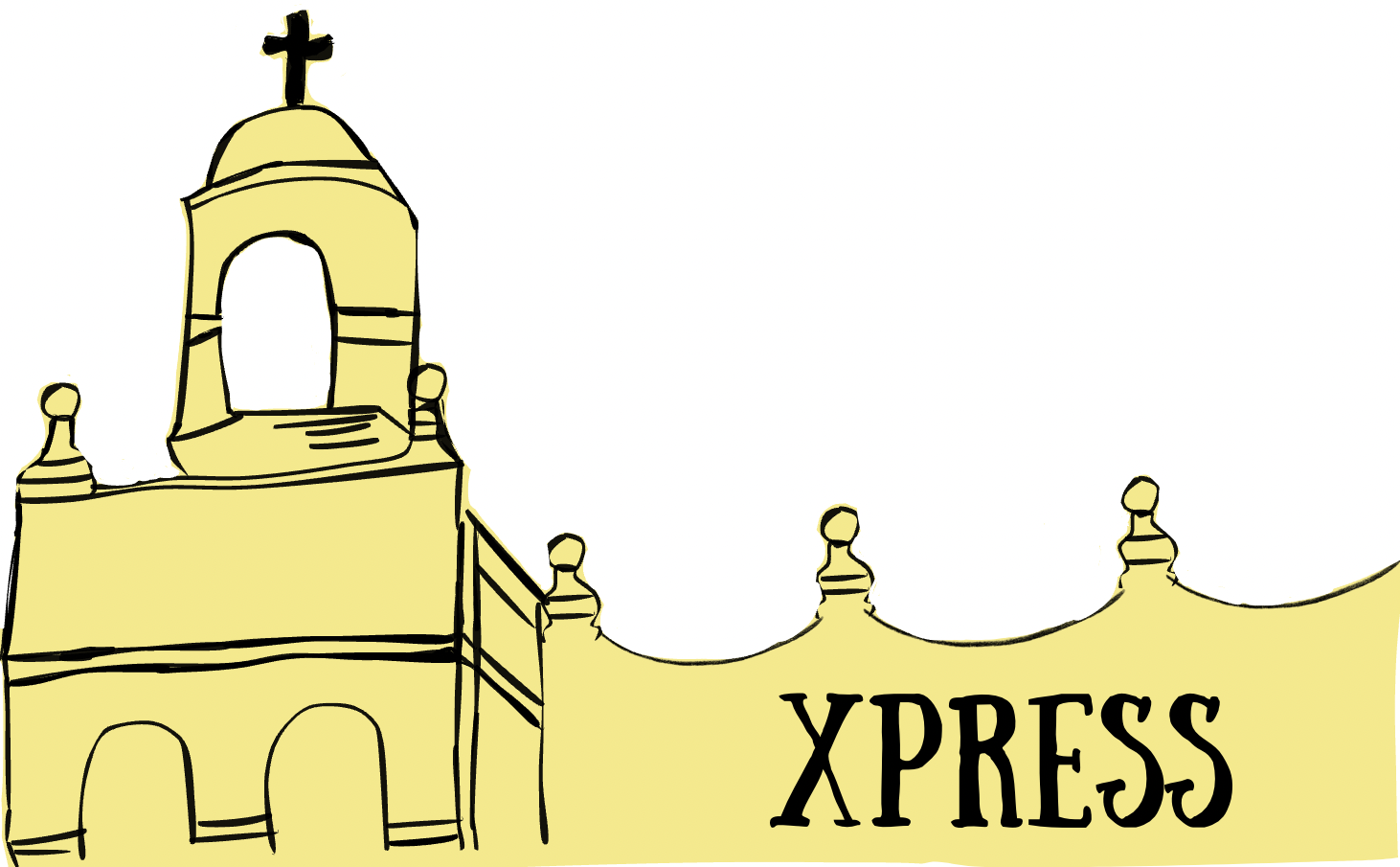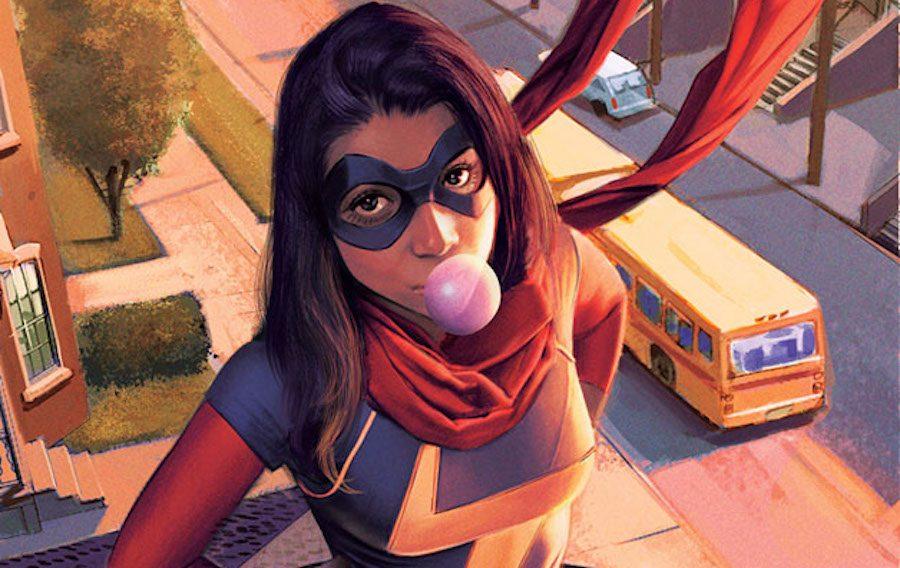Getting to know the female comic book characters
From: Ms. Marvel. Where To Start: Ms. Marvel Vol. 1 “No Normal,” by G. Willow Wilson and Adrian Alphona (Marvel Comics)
The female comic book characters that we know today such as, Wonder Woman, Black Widow, Harley Quinn, Barbara Gordon, Buffy Summers and Kamala Khan would not have the roles they have today if they were introduced during the golden ages of comics. The Golden Age (1930-1950) launched with the introduction of Superman in 1938. After this many of the superheroes that followed were aimed at boys. Later with the start of World War II comics became propaganda for the war. The biggest question was, “Where were the female comic book characters?”
The closest that female characters got to the popularity of Marvel and D.C. was Lois Lane when the comics code was put into place. When the comics code in the Silver Age (1961-1963) was put into place, D.C. comics made an effort to change their portrayal of women, and after, Lois came Vicki Vale in Detective comics. It was during this age of comics that more female superheroes appeared. The heros that appeared during this time were D.C. Comic’s Batwoman, Black Cat with Harvey Comics and Marvel’s Invisible Girl with the creation of the Fantastic Four. The creation of these characters were a step towards getting women characters towards where the male ones were. These characters still had to rely heavily on interactions with the male characters.
During the Bronze Age of comics, (1970-1985) the comics became greatly influenced by the feminist movement of the time.The characters that came out of this age were, Ms.Marvel and Jean Grey being the most notable. During this age, female characters had leadership roles and greatly impacted the story arc. An example of how great of an impact women had on story arcs would be the Dark Phoenix arc in X-Men comics (X-Men #101-108,Classic X-Men #9-15). Characters such as Batgirl during this age went through a dramatic arc in Alan Moore’s The Killing Joke after which she was the leader of the Birds of Prey. Both of these character arcs impacted the characters around them up until the recent reboot of the companies, Marvel now and D.C. comics’ New 52. Until that point the effect those arcs had lasted and stayed with the characters.
The Modern Age of comics (1990- Present) has seen a diversity in how the women are represented and drawn. The way that these characters are portrayed in comics has influenced how they have been portrayed in other media. Now with these female characters appearing in films reaching a wider audience of viewers, it is important to notice the impact that these characters leave on the audience.The impression that is left can influence the female viewers to strive to be like those characters. Senior, Teagan Scott said, “ I think we should strive to push for own advancements and to be on equal footing with men, but we shouldn’t have to sacrifice our femininity in order to be taken seriously. I can be girly and still do whatever I want to, and the constant shaming of women for traditionally feminine interests is something that we need to fight for.”




